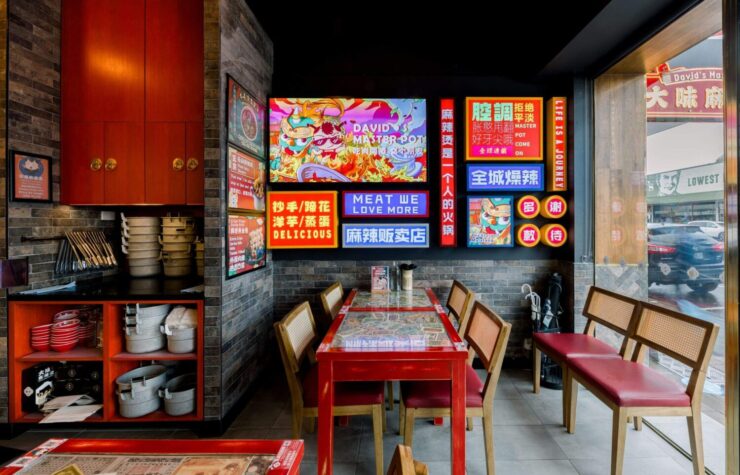Hotpot master is a hotpot restaurant chain in Taiwan with over 100 locations throughout the country.
Here’s a little background:
Hotpot restaurants are fast, casual and focused on warm, friendly service. Our customers do not need to worry about cleaning up afterward as they eat while they talk.
We clearly understand our customers’ needs, so we focus on tailoring our hotpot restaurants to the desires of our customer base.
We want to give you the best hotpot experience with personalized service and delicious food. Hotpot master is here for you.
Hotpot as a lunch option
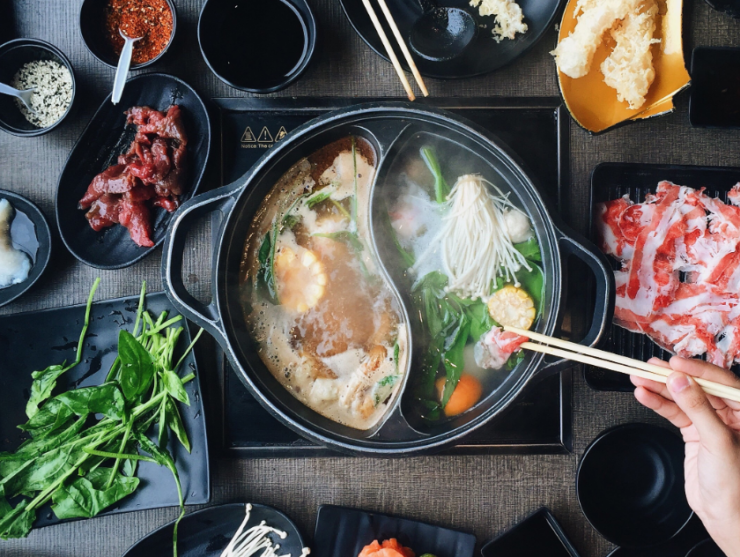
The hotpot master is the sum of all the hotpots you have ever had. The food is fresh and delicious. The portions are huge. Everything is prepared from scratch using only the freshest ingredients. The flavor is unparalleled. You can even choose your meat, sauce and vegetables yourself, so you can make sure you’re getting everything that’s good for you!
Well, what if there was a way to do it faster?
There’s no reason why this shouldn’t work:
- Create a menu of dishes based on heat levels (1-2, 3-4 or 5-6)
- Optimize the dishes according to your own personal preferences (a la carte)
- Send meals to your device (Android or iOS) via SMS or email
This would be a very useful tool for people who might not have time or motivation to cook dinner every day. It would also be great for those who don’t like cooking but want an easy meal option whenever they feel like it — without having to worry about the kitchen, making dinner at home and potentially burning themselves out in the process. It could also be of use for people with varying cooking abilities who are used to eating off their plates (say, as a child).
I wouldn’t want my eight-year-old daughter sitting down with a plate before me and being made to eat with her hands! But we can still come up with some variations on this theme: “The All-Purpose Hot Pot Master” would be one such variation; “The Hot Pot Master Meal” another; and so on. I think my own variation would be somewhere in between these two: “The Hotpot Master Family Meal”. This way each member of the family could have their own hotpot master dish too! And then there’s this one…
Let’s say we combine them all into one giant hotpot master meal that we make available every day as a lunch option: “The All-Purpose Hotpot Master Lunch”… Or maybe we could just call it “The Lunchmaster”.
Different kinds of hotpot
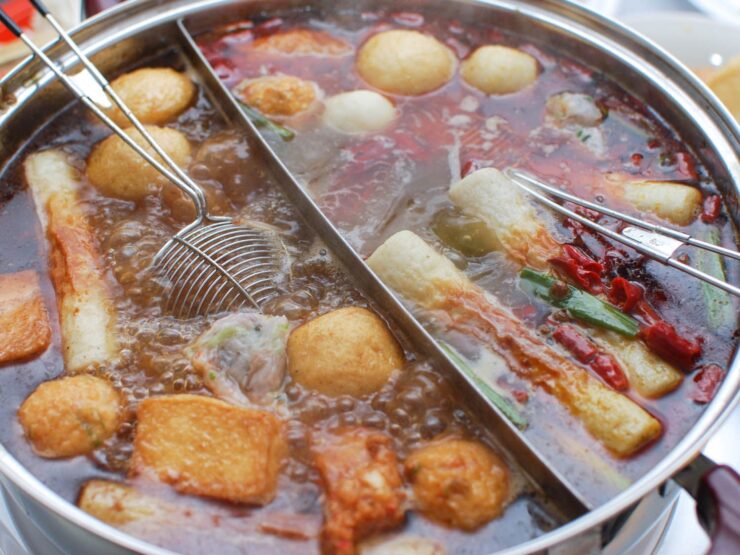
Hotpot is a simple Chinese dish eaten hot and with a variety of ingredients. It originated in China and Japan, but in the past few years has become more popular in Mexico, South America and Europe. It is usually eaten with hot peppers, mushrooms and/or garlic; it can also be served as an appetizer or as a meal in itself.
Nowadays, most Chinese restaurants that serve this dish use the word “hotpot” to refer to this dish.
But what does the word “hotpot” mean?
In fact, when we think about the Chinese language for food (which unlike English or Spanish is not written with phonetic spelling) we look at its phonetic flag-words (which are generally pronounced phonetically) — or rather its two main classes of sounds: they are called vowel sounds (hence “hot pot”) and consonants (hence “hot dish”). The first class consists of vowels: miao, ma, mi, yu (e.g.: miao = yellow) and suo (e.g.: yu = hot).
The second class consists of consonants: wo-ji (e.g.: wo = red), teng-ji (e.g.: teng = fire), zhi-ji (e.g.: zhi = anything), jie-ji (e.g.: jie = oil). In Chinese, we put these two sets together to form our word for “hotpot” — which has now taken on the meaning of any kind of spicy food that happens to be heated up very quickly using lots of hot material like chili peppers and other aromatic herbs — although there are some more complicated variations on this theme like Cantonese hot pot.
Aside from this usage differentiation from hotpot master, there are several other important points about it that you may want to know if you want to eat it regularly!
All these differences between different kinds of hotpot master dishes can be found on Wikipedia : Chinese Hot Pot Master List, Japanese Hot Pot Master List, Hot Pot Master List, Korean Hot Pot Master List, etc.
Boiling point
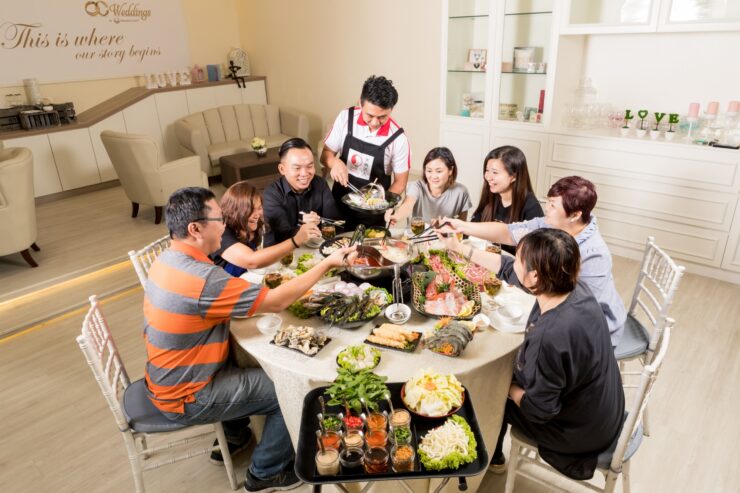
A hotpot master is a person who cooks his or her own meals. This makes their life easier and ideal for people who cook for themselves, like the elderly, people with disabilities, etc. It is also a very excellent training method for chefs. Hotpot is a Japanese term that translates to “hot pot”.
It has been around since the Edo period (1600-1868). Since it is so old, it has many unique features that are not found in other hotpot systems today. For example:
– The pots can be heated by firewood or gas; this makes them more environmentally friendly and much more expensive than other hotpot systems.
– There are many different types of hotspots; this allows one to have different tastes and make different kinds of dishes in the same pot.
– There are many types of meats; chefs can use them to cook various kinds of meat dishes without having to acquire different kinds of meat at different times.
– Hotpot cooking is done on communal plates rather than individual plates; such an environment helps one to control their little side dish more effectively (since they don’t have to worry about what others might be doing with their food). They also tend to be less messy than individual dishes (and thus easier to clean up after).
In addition to these advantages, there are two drawbacks:
1) Each person needs his own pot; otherwise they will lose some heat through evaporation as well as burn themselves or other people in case they accidentally touch the flame while cooking (which happens sometimes when they forget they are cooking at home). Not only that, but if circumstances require it, each group needs its own pots (although there will usually be ways around this limitation: sometimes you can use 2 or 3 pots on the same stove so long as there is enough space between them).
Another issue with using communal pots is that there are always gonna be more people in one place than others, so inevitably each person will need his own pot regardless of how many people he has with him — which could lead to some accidents and miscommunication between groups (e.g., so long as everyone uses their pot on the same stove and doesn’t lean too close together then no one will get burned…but if someone accidentally comes too close then everyone gets burned).
2) There isn’t much mixing going on during cooking — which means you should take care not to keep food from getting cold by mixing
The soup base, dipping sauce and condiments
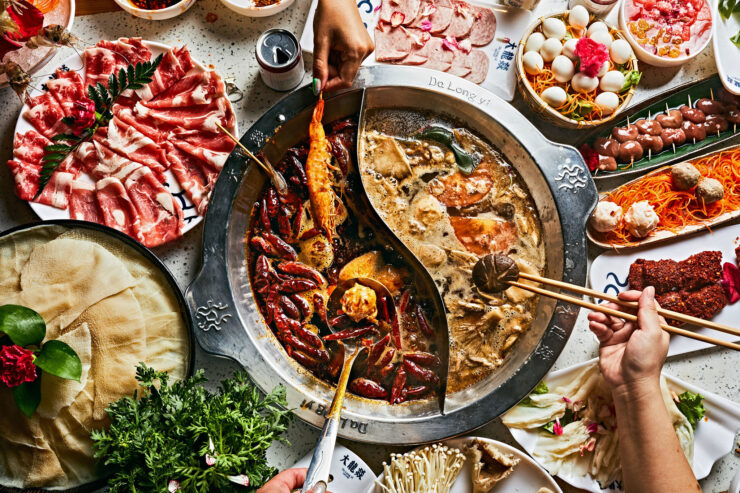
A well-cooked hotpot is a Chinese delicacy that is an expression of fusion cuisine, combining elements from different cultures. Hotpot masters are at the heart of this kind of fusion cuisine.
The hotpot master has the job of making sure that the soup base and dipping sauce are just right for two different types of food: dishes that cannot be made in a regular restaurant (such as soup bases and dipping sauces) or dishes described in detail in menus (such as hotpots).
A hotpot master’s job is to take these two ingredients, mix them together with some special sauce or condiments, and cook them together for at least an hour. The result can be a dish richly decorated with many unique flavors and visual artistry. Hotpots have been the go-to-meal for traditional people living in China since centuries ago, but there have been many changes to its recipes over time, especially when it comes to ingredients and cooking techniques.
Today’s hotpot master can be found all over China but also around Southeast Asia and beyond. They are often called “hotpot masters” because they use Chinese traditions to cook their meat-based dishes while others use Western culinary methods to cook their vegetarian turmeric-based dishes.
Many hotpot masters enjoy painting their dishes using traditional Chinese brushwork; others paint with collaged posters or photos; still others choose to use abstract patterns that express their personal style.
A good hotpot master can prepare a delicious meal for you, so why not try one yourself? You can find out how by going through these helpful tutorials which show you how to make your own soup base (filling) and dipping sauce (spreading) as well as your own meat-based hot pot dish without any difficulty.
Cooking pot materials and price
Hotpot is a common phrase in Chinese. It refers to the cooking pot used in traditional Chinese cooking and is part of the basic equipment in every household. The phrase has caught on outside China, where it has been translated into English as ‘the pan that cooks everything’ or ‘the pot that can cook anything.’
Nowadays, however, ‘hotpot’ is a term of endearment for people who are kind and generous to others (not just its literal meaning). Chinese people often refer to themselves as hotpot masters (熬火樂主) or hotpot givers (熬火救人), which means that they are willing to give away their precious hotpots and pots in order to help those less fortunate.
In fact, the form of this expression has become so popular that many internet companies have created products for this purpose, including our own HotPot Master (HPM) technology.
Choosing a location
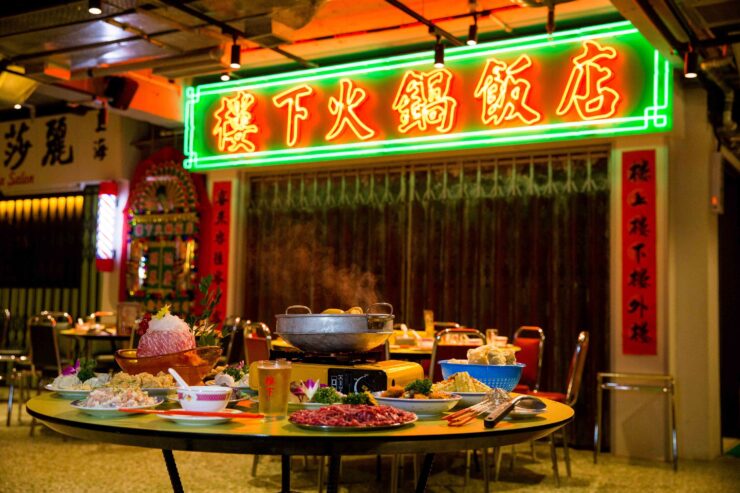
Hotpot is a Japanese hot pot restaurant or Japanese Japanese hot pot. It is usually served with a small raw fish, and the dish is often served with rice.
When you are looking for a location for your hotpot, here are some factors to consider:
1. How much food will you serve? (Make sure there is enough food).
2. What kind of space do you need? (Do you need to be close to other restaurants, shops/stores, etc.)
3. How will your food be prepared? (Do they need to use water that must be boiled at a certain temperature?)
4. How much food will you serve? (Will it take 15 minutes or 60 minutes?)
5. What kind of heat source do you need? Electric, gas or charcoal? And what kind of heater does it need to run well?
So what should you do when choosing a hotpot location? First always ask yourself if the space can provide the correct heat source for your dishes: electric or gas, stovetop or electric heater, ceramic-ceramic oven etc. If the answer is yes, then go ahead and choose your spot! If not then check out the following list:
If one of these isn’t available in your location then do some research on available heating options and go with one that works best for your special occasion/style of cooking! The most important thing about choosing a hotpot venue is that it has to be able to provide an acceptable level of heat source so that dish can be cooked properly – this means that it must be able to keep up with the desired temperature and distribute heat evenly throughout the pot so that foods can cook properly without burning not only because we have chosen carefully but also because we want our dishes cooked correctly!
It doesn’t matter how little we like our special occasion/style of cooking if we can’t expect our hotpot dishes to turn out nicely – making sure temperature distribution correctly in such cases could cost us, dear!
The above tips are just some general considerations but here are some more specific ones:
- If space is limited in any way shape or form then make sure there are enough tables available even if they aren’t full as they can cause problems while cooking as they block areas where other dishes may get stuck
- If there isn’t enough room on either side walls outside tables then make sure there are enough tables
Ordering etiquette and tricks
Hotpot is a Japanese cooking technique in which dishes are cooked over an open fire and then served to diners waiting for their turn. In the hotpot meal, there is a long list of dishes to choose from. Hotpot master gives you the order of how to choose these dishes.
The hot pot master also offers suggestions on how to eat the dishes and some tips on etiquette in general. They’re not just passive good advice — they’re more like 10-step guides:
1. Choose your poison
2. Start with the soup
3. Wash it down with a glass of cold water
4. A little rice or noodles?
5. Eat everything with chopsticks!
Eating hotpot like a pro
In Japan, the hotpot tradition is based on a simple idea: the pot is heated over a fire, and then you add delicious ingredients to each other. The idea was patterned after the Chinese hot pot tradition of boiling water with ingredients, which became popular in 13th-century China.
In Japan, though, the term “hotpot” (which literally means “hot pot”) was never used for boiling water with ingredients; it was used for creating something new. Instead of boiling a whole fish or sizzling pork fat on a fire, Japanese hotpots are made with real ingredients and put together using many techniques that resemble our cooking methods: melting meat and vegetables into a kind of soup or stew, adding chicken broth to foods so they become infested with bacteria, etc.
The Japanese word used for this dish is udon, which literally means “stewed noodle” (it has no connection at all to our Western word “noodle”). This traditional Japanese hotpot tradition has been passed down through generations. Many people will make their own version of udon at home but they don’t have an exact recipe because it’s all about the combinations of ingredients that work best for them.
They usually include items such as mushrooms and tofu, but also things like squid ink noodles or dried seaweed for flavor. The main focus is always on the quality of the ingredients: just one misfire can ruin any dish completely.
Our hotpot master recipe consists of one thing: noodles! Fortunately, there are plenty of vegetarian versions out there but we didn’t want this to be just another fishless restaurant; we wanted our version to be so good that people would make it at home even though they didn’t know what fish had to do with udon.
So we did extensive research into different types of noodles and selected brands that were known for making high-quality products whose recipes we could faithfully reproduce at home (of course we use lots of local produce when possible).
We also included some superfoods like wild rice and red bean paste in this recipe (which are important for health reasons), which might surprise some people who might think you need meat in your hotpot.
But the most important ingredient here is seafood! We can’t stress enough how important seafood is in making this dish taste amazing — especially since seafood represents half our daily protein intake! And if you’re really ambitious you can even add shaved.

